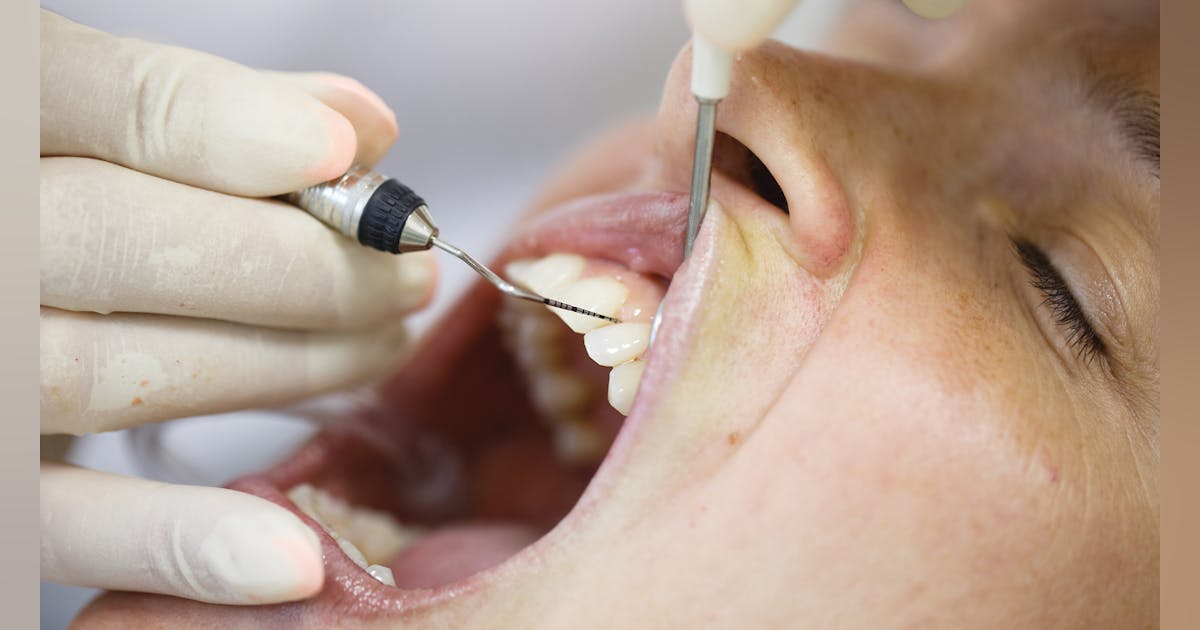Mastering the Deadlift: The Ultimate Full Body Workout
If you’re looking for a single exercise that can target multiple muscle groups and provide a comprehensive full body workout, look no further than the deadlift. Often hailed as the king of exercises, the deadlift is a compound movement that engages nearly every muscle in your body, from your legs and back to your core and arms. Let’s delve into why mastering the deadlift can be your ticket to a stronger, fitter physique.
The All-in-One Exercise
The beauty of the deadlift lies in its simplicity yet effectiveness. With just a barbell and some weights, you can perform this powerful exercise that works your hamstrings, glutes, lower back, upper back, forearms, and grip strength all at once. It’s a full body movement that mimics picking up heavy objects from the ground, making it incredibly functional for everyday activities and sports performance.
Building Strength from the Ground Up
At its core, the deadlift is a lower body exercise that primarily targets the hamstrings and glutes. By pushing through your heels and engaging your posterior chain, you’re not only developing raw strength in these muscle groups but also improving your overall stability and balance. As you lift heavier weights, you’ll notice significant gains in lower body strength and power.
Engaging the Core and Back
While the deadlift is known for its lower body benefits, it’s equally demanding on your core and back muscles. Your abs and obliques work hard to stabilize your spine throughout the movement, preventing any rounding or arching of the back. Additionally, the erector spinae muscles along your spine are engaged to maintain proper posture, promoting a strong and healthy back.
Enhancing Grip Strength and Forearms
A strong grip is essential not only in the gym but also in everyday life. The deadlift provides an excellent opportunity to improve your grip strength and forearm endurance. As you lift heavy weights off the ground, your hands and forearms must work hard to maintain control of the barbell. Over time, this translates to a firmer grip and increased forearm strength.
Hormonal Benefits and Fat Loss
Compound exercises like the deadlift are also renowned for their ability to stimulate the release of growth hormone and testosterone. These hormones play a crucial role in muscle growth, fat loss, and overall body composition. By incorporating deadlifts into your routine, you’re not only building muscle but also torching calories and promoting a leaner physique.
Proper Form is Key
While the deadlift offers a plethora of benefits, it’s important to prioritize proper form to prevent injury and maximize results. Start with lighter weights to perfect your technique before gradually increasing the load. Keep your back flat, chest up, and engage your core throughout the movement. Hinge at the hips, push through your heels, and stand tall at the top of the lift.
Variations for Every Fitness Level
Whether you’re a seasoned lifter or new to the gym, there’s a deadlift variation to suit your needs. Beginners can start with the conventional deadlift, where the feet are hip-width apart and hands grip the bar just outside the legs. As you progress, you can explore sumo deadlifts, Romanian deadlifts, trap bar deadlifts, and more. Each variation offers unique challenges and targets specific muscle groups.
Incorporating Deadlifts into Your Routine
To reap the full benefits of the deadlift, it’s recommended to include it in your weekly workout routine. Depending on your goals, you can perform deadlifts once or twice a week, ensuring adequate rest and recovery between sessions. Pair deadlifts with complimentary exercises such as squats, lunges, and rows to create a well-rounded strength training program.
The Mental Strength of Deadlifting
Beyond the physical benefits, the deadlift also builds mental fortitude. Lifting heavy weights off the ground requires focus, determination, and a willingness to push past perceived limits. As you conquer new personal records and overcome challenges in the gym, you’ll develop a sense of confidence and resilience that extends beyond the weight room.
Embracing the Deadlift Challenge
In conclusion, the deadlift stands as a testament to the power of simplicity in fitness. With just one exercise, you can target multiple muscle groups, build strength from head to toe, and improve overall athleticism. Whether you’re aiming to increase muscle mass, improve sports performance, or simply boost your functional fitness, mastering the deadlift can take your workout routine to new heights. So, grab that barbell, focus on form, and embrace the challenge of the ultimate full body workout. Read more about best one exercise for whole body







